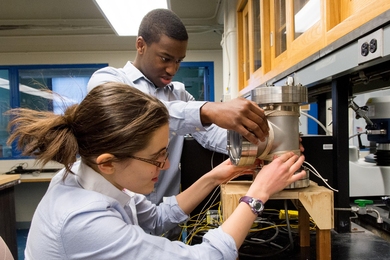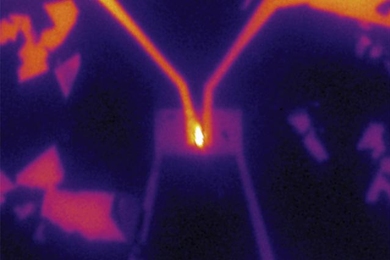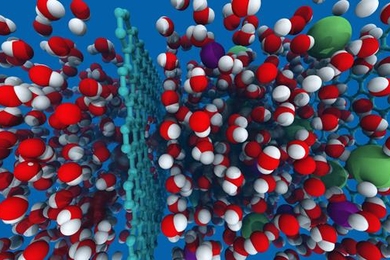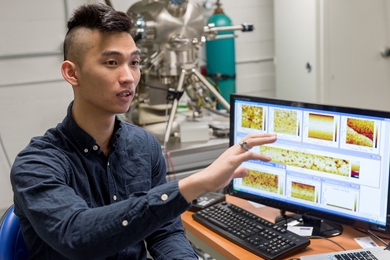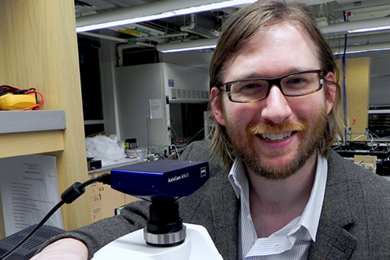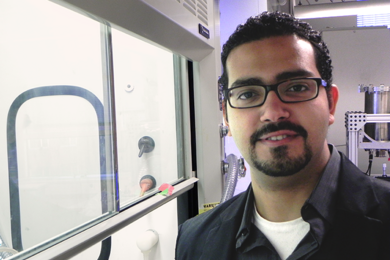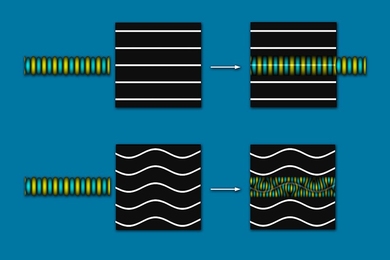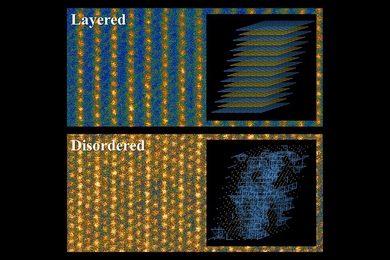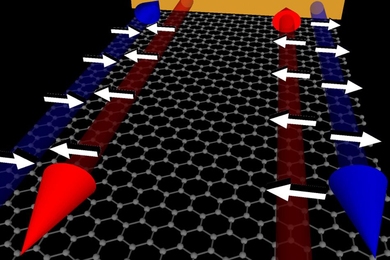U.S. News ranks MIT’s graduate program in Engineering No. 1; Sloan is No. 5 business school
Institute’s programs rank first in 7 engineering, 5 science, and 3 business fields.
Two-dimensional material shows promise for optoelectronics
Team creates LEDs, photovoltaic cells, and light detectors using novel one-molecule-thick material.
Hitchhiking vaccines boost immunity
New MIT vaccines that catch a ride to immune cell depots could help fight cancer and HIV.
A brighter future for filtered seawater
MIT researchers evaluate graphene’s potential for making desalination economically viable.
Improving carbon nanotube consistency in the lab
Bench-top 'Robofurnace' automates chemical vapor deposition process.
Carbon nanotubes under stress
Postdoc Mostafa Bedewy shows complex competition between chemical activation and mechanical forces in growing CNT forests.
Faculty highlight: A. John Hart
Mechanical engineering professor explores the science and technology of nano manufacturing.
Materials database proves its mettle with new discoveries
Project provides a systematic way of exploring the vast realm of unfamiliar materials.
A new wrinkle in the control of waves
Flexible materials could provide ways to manipulate sound and light.
Seeing beauty in a materials science world
Marshall Scholar Colleen Loynachan tackles materials science problems with a photographer’s perspective.
How the immune system fights off malaria
Study reveals immune cells that are critical to combating the parasite in early stages of infection.
Disordered materials hold promise for better batteries
MIT researchers find that contrary to conventional wisdom, cathodes made of disordered lithium compounds can perform better than perfectly ordered ones.
Graphene can host exotic new quantum electronic states at its edges
New approach to use of 2-D carbon material opens up unexpected properties, could unleash new uses.
